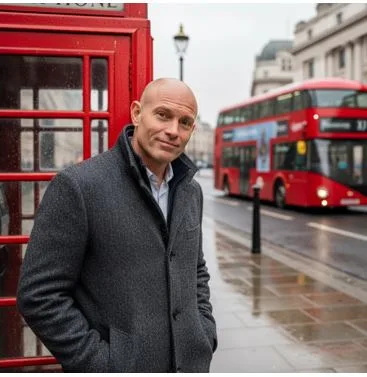Domestic Violence and Brain Injury: An Overlooked Public Health Emergency
A new study conducted by Suzuki Law Offices has revealed a troubling reality: domestic violence is not only a social and criminal justice issue but also a widespread public health crisis, with traumatic brain injuries (TBIs) emerging as one of its most devastating and underdiagnosed consequences.
The Overlap Between Abuse and Brain Trauma
According to the Centers for Disease Control and Prevention (CDC), nearly 1 in 4 women and 1 in 7 men in the U.S. have experienced severe physical violence from an intimate partner. The study highlights that many of these survivors also suffer TBIs, often without realizing it.
- A University of Glasgow study found that 14% of women aged 40–59 had experienced intimate partner violence (IPV), with many sustaining repetitive mild TBIs.
- A 2019 Ohio survey revealed that 80% of IPV survivors seeking medical help reported head trauma or strangulation, and 60% had blacked out during incidents.
- The Brain Injury Association of America reports that 36% of domestic violence survivors sustain head, neck, or facial injuries.
These injuries often go undiagnosed, misattributed to stress or mental health conditions, leaving survivors vulnerable to long-term complications such as depression, PTSD, memory loss, and cognitive decline.
The Cost of Neglect
The financial toll of IPV-related injuries is staggering. Nationally, the combined healthcare, legal, and lost productivity costs are estimated at $3.6 trillion. Survivors with TBIs are also three times more likely to require intensive care and face longer hospital stays compared to IPV victims without brain injuries.
Arizona’s Troubling Numbers
The study highlights Arizona as a state with significant IPV-related TBI cases:
- 1.25 million Arizonans (17% of the population) will experience domestic violence in their lifetime.
- A 2021 PubMed study found that IPV directly caused 72,307 concussion diagnoses in Arizona.
- 61% of victims first sought care for other injuries before TBI was identified as the primary issue.
Elderly residents are particularly vulnerable, with those 75 and older facing the highest hospitalization and death rates from TBIs.
Disparities Across Race and Gender
The study also reveals disparities in how TBIs are diagnosed and treated:
- 77% of hospitalized IPV victims with TBIs are women, compared to 65% of IPV victims without TBIs.
- Black IPV victims make up 28.9% of TBI cases, but 36.6% of non-TBI IPV cases, suggesting underdiagnosis.
- American Indian and Alaska Native communities suffer the highest TBI hospitalization and death rates, yet are less likely to receive follow-up care.
Breaking the Cycle
Children exposed to domestic violence are also at risk. The study notes that 60% of individuals abused as children experience abuse again as adults, perpetuating a cycle of IPV and brain injury.
Toward Solutions
The study calls for urgent reforms:
- Routine TBI screening for IPV survivors in hospitals.
- Training for police and healthcare providers to recognize brain injury symptoms.
- Community partnerships, such as Arizona’s Barrow Neurological Institute clinic, which links survivors to support services.
- Trauma-informed care programs proven to reduce revictimization.
Until TBIs are universally recognized as a consequence of domestic violence, countless survivors will remain untreated, misdiagnosed, and at risk of long-term disability.






